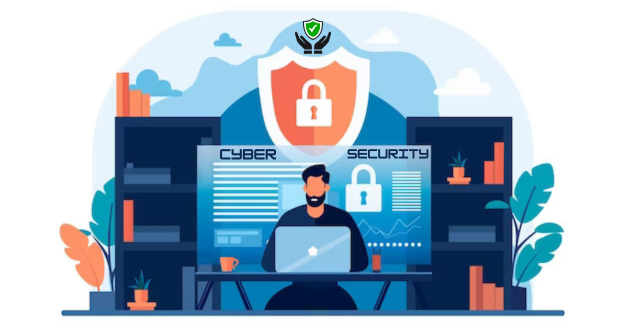Software testing now involves more than just ensuring functionality in the connected digital world of today. It also involves strengthening defenses against constantly changing cyberthreats. Organizations frequently neglect important cyber security factors during the testing phase in their quest to provide flawless user experiences. This mistake could have disastrous repercussions, such as financial losses, reputational harm, and data breaches. It is critical to identify and correct typical cyber security errors during software testing in order to protect against such dangers.
1. Insufficient Security Testing Coverage: This is one of the most frequent errors that people make. This happens when testing ignores thorough security assessments in favor of concentrating just on functionality. To find and fix such vulnerabilities, it’s critical to use methods like vulnerability scanning, penetration testing, and security code reviews.
2. Neglecting Threat Modeling: Software can become susceptible to a variety of attack methods if comprehensive threat modeling is not carried out. Threat modeling entails seeing possible dangers, comprehending their effects, and coming up with appropriate responses to reduce risks. Early in the software development lifecycle, threat modeling integration can greatly improve the security posture of the product.
3. Overlooking Input Validation: A common problem that can result in a variety of security flaws, including injection attacks like SQL injection and cross-site scripting (XSS), is insecure input validation. Input validation done right prevents dangerous software vulnerabilities from being exploited by ensuring that user input is cleaned and verified before processing.
4. Ignoring Authentication and Authorization: Unauthorized access to critical data and functionalities is made possible by weak authentication and authorization procedures, which present serious security threats. To stop unwanted access, it’s critical to put strong authentication techniques in place, including multi-factor authentication (MFA), and to strictly follow access control guidelines.
5. Ignoring Known Vulnerabilities: Software vulnerabilities must be updated and patched on a regular basis in order to reduce the risk of cyberattack. Software is vulnerable to attack by hostile actors if known vulnerabilities are not fixed. Establishing a strong patch management procedure is essential for organizations to quickly address and fix vulnerabilities that are found.
Conclusion:
In conclusion, cyber security needs to be integrated into every stage of software development, including testing, given the dynamic nature of the industry. Organizations can strengthen the program’s resistance to changing attacks by avoiding frequent cyber security blunders during software testing. Organizations can greatly reduce the risks associated with cyber security and protect their assets and reputation by using proactive threat modeling, strict input validation, strong authentication and authorization procedures, thorough vulnerability management, and complete security testing coverage. Adopting a perspective in software testing that prioritizes security is not only a recommended practice, but a basic requirement in the current digital era.
Adlivetech website design services create a perfect blend of design aspects for its clients to design a masterpiece that can convey a brand message and curve a strong digital presence of the business.
Contact us: info@adlivetech.com
